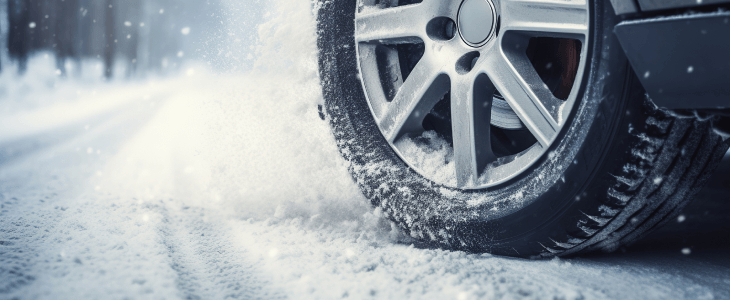Driving during the winter presents unique challenges, particularly to those who must navigate snowy and icy conditions. Car snow accidents are common during the winter, and they often result in serious injuries. Fortunately, however, if you prepare adequately, your odds of staying safe while driving in the winter increase dramatically. In this article, we discuss the three pillars of safe winter driving and provide some winter driving tips.
Visibility
The first pillar of safe winter driving is visibility. There are several areas of your vehicle to check to ensure visibility while driving during the winter, including:
Windshield and back window: It is imperative that you clear the entire windshield before driving in the winter. In addition, if you fail to clear the back window, you’ll be forced to rely solely on your side mirrors, which can reduce your ability to see what is going on around you.
Roof of vehicle: Most people don’t realize that you also must clear the roof of your vehicle before driving in the winter. The reason for this is that it’s easy for snow to slide forward or backward as you drive, thereby impairing your ability to see outside your vehicle.
Mirrors: Even if your vehicle possesses heated mirrors, you should clear them of snow before driving to ensure immediate visibility.
Lights: Finally, be sure to clear the snow from all exterior lights to ensure that you can see the road and other vehicles can see you.
Speed
Adhering to the speed limit is always important while driving. However, it’s especially important during the winter. When the road is snowy or icy, it’s more difficult to stop or control your vehicle, and speeding increases this difficulty. It’s often advisable to drive under the posted speed limit in snowy or icy conditions. Since you may have to drive slower than usual, you should always give yourself extra time to get to your destination. In addition, be sure to increase your following distance to ensure that you have extra time to stop behind the vehicles ahead of you.
Control
Finally, maintaining control of your vehicle is especially important during the winter months. To increase your level of control, adhere to the following winter driving tips:
- Drive under the speed limit and increase your following distance behind the vehicle ahead of you
- Avoid using cruise control
- Make gradual adjustments when braking and steering
- Exercise extra caution on overpasses, bridges, and shaded areas
- Keep an emergency kit in your vehicle that contains things like food, flares, a shovel, and blankets
Contact a Long Island Car Accident Lawyer
If you’ve been hurt in a car snow accident in the state of New York, Dell & Dean, PLLC, is here to help. When you come to us for help with your New York car snow accident case, we will provide you with knowledgeable representation and do everything in our power to obtain financial compensation on your behalf. Please contact us today to schedule a meeting with an experienced Long Island car accident lawyer.

